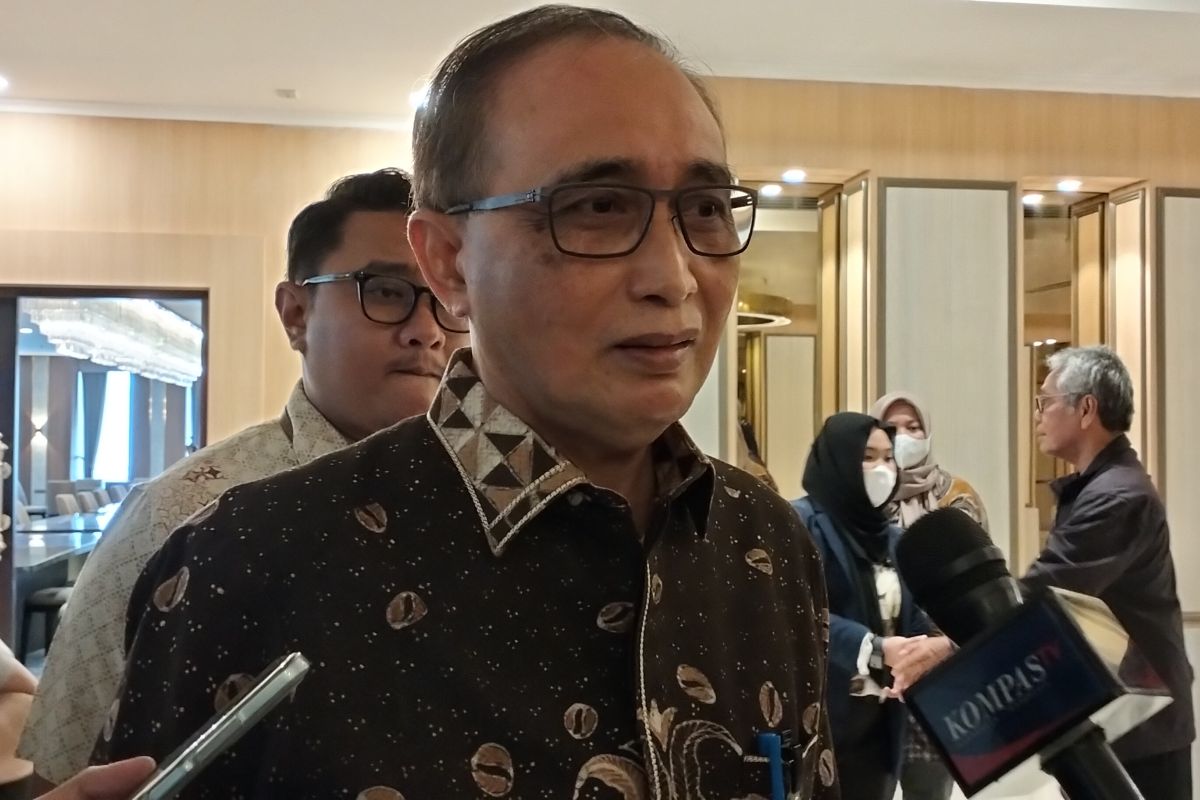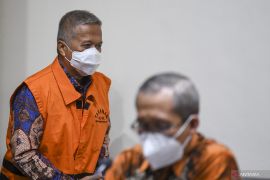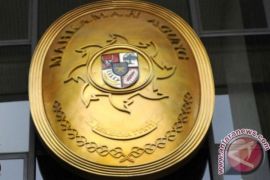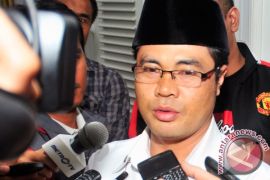"MA wants to obtain reliable information from the invitees, who are fellow journalists," Sunarto noted here on Friday.
He stated that existence of the press is necessary, as it is closer to justice seekers, and information about their aspirations can directly reach the MA through the mass media.
"One of the parties that represent the justice-seeking community is the press," Sunarto remarked.
After hearing and getting inputs from the mass media, the deputy chief justice said, the MA will analyze the information and convey it during a policy meeting.
In future, the MA will not only invite the mass media crew but also parties that are close to justice seekers, such as lawyers.
The MA concluded that several obstacles were encountered, including ineffective or minimum communication between the MA and journalists.
In general, he said, the "Let's hear court journalists" audience was inseparable from the efforts to achieve the court's vision of becoming a respected judicial body. Moreover, the MA has had a blueprint for judicial rejuvenation since 2003 that was updated in 2010.
MA's blueprint for judicial rejuvenation for 2010-2035 was majorly contributed by civil society rather than only containing internal aspirations.
Some of the missions of the blueprint are to provide legal services that are just to justice seekers and to maintain and increase the judicial bodies' independence, transparency, and credibility.
The community's involvement in the blueprint aims to bring the MA closer to the public's expectations and aspirations as well as an effort to increase public trust.
Related news: Supreme Court should conduct internal improvements: Deputy Speaker
Related news: Support KPK action to root out corruption in Supreme Court: MPR
Related news: Cooperating in alleged bribery case involving judge: Supreme Court
Translator: M Zulfikar, Kenzu
Editor: Sri Haryati
Copyright © ANTARA 2022









